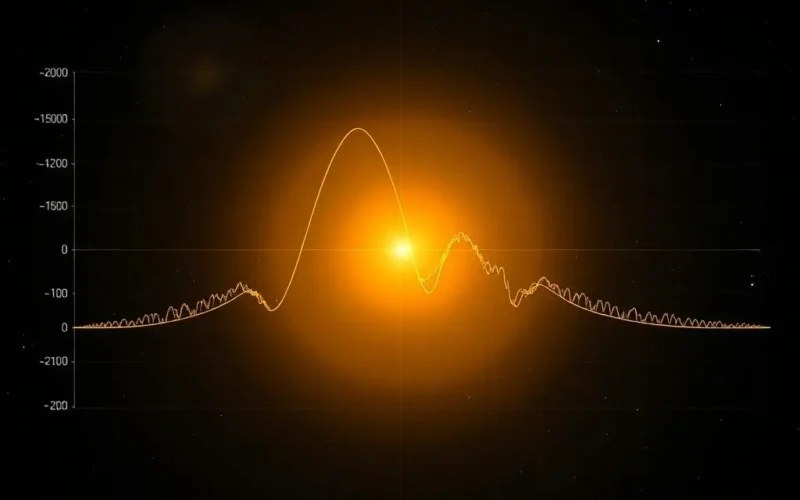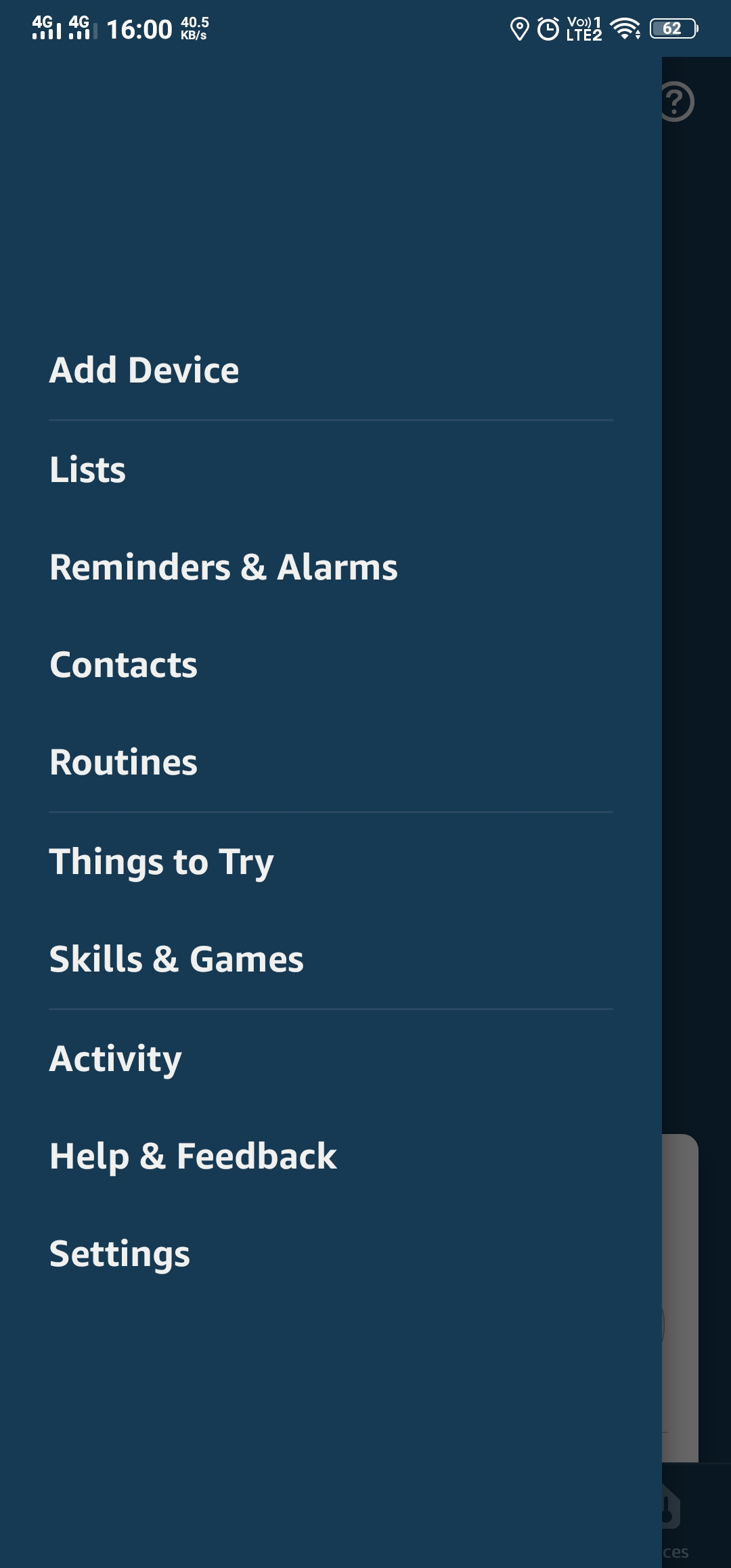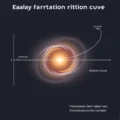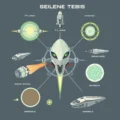Imagine sifting through billions of data points, each representing a flicker of light from a distant star. Now imagine doing this for potentially millions of stars, day after day. This isn’t just a thought experiment; it’s the monumental task faced by astronomers searching for exoplanets – worlds orbiting stars other than our Sun.
For decades, our telescopes have become increasingly powerful, gathering an absolutely staggering volume of information. Missions like Kepler and TESS (Transiting Exoplanet Survey Satellite) have sent back terabytes upon terabytes of stellar brightness measurements. This cosmic data storm contains the faint, fleeting signals that could betray the presence of a hidden planet. But how do you find that tiny signal in such an overwhelming haystack?
Human eyes and traditional software simply can’t keep up with the sheer scale and complexity. This is where a revolutionary tool enters the picture, changing the game for astronomy: Artificial Intelligence.
Table of Contents
The Data Deluge: Why We Need Help
Think about the challenge. To detect many exoplanets, especially those using the transit method, scientists look for a slight dip in a star’s brightness as a planet passes in front of it. These dips are often incredibly small – sometimes just a fraction of a percent – and can be masked by natural variations in the star itself, instrument noise, or even interference from other objects in space.
Modern telescopes monitor thousands, even hundreds of thousands, of stars simultaneously for extended periods. Each star generates a ‘light curve’ – a graph showing its brightness over time. A single light curve can have millions of data points. Multiply that by the number of stars observed, and you get a data volume that is simply too vast and intricate for manual analysis or even basic automated scripts to handle effectively without generating huge numbers of false positives.
Enter AI: Training Machines to Spot Planets
Artificial Intelligence, specifically machine learning algorithms, is proving to be the cosmic game-changer astronomers needed. These algorithms aren’t just programs following rigid instructions; they can learn from data.
Researchers train these AI models using massive datasets that include light curves from stars known to host planets, light curves from stars without planets, and synthetic data that simulates various types of stellar activity and noise. By analyzing these examples, the AI learns to recognize the subtle patterns characteristic of a planetary transit – a specific shape, depth, and duration of a dip – distinguishing it from other phenomena that might mimic a transit.
It’s like teaching the AI to identify a specific bird’s song in a noisy forest by having it listen to countless hours of recordings, some with the bird, some without, and some with similar sounds. Over time, the AI gets better at picking out the target sound.
Want a quick visual blast of this cosmic challenge and the AI solution? Check out this short glimpse into how AI is revolutionizing the search:
How AI Uncovers the Signals
The primary technique AI assists with is the transit method. AI models, often based on neural networks, can process light curves with incredible speed and sensitivity. They can:
- Scan vast numbers of light curves simultaneously.
- Identify potential transit signals that might be too faint or complex for traditional methods or human visual inspection.
- Filter out false positives caused by eclipsing binary stars, stellar flares, or instrument glitches with higher accuracy.
- Analyze incomplete or noisy data where traditional techniques might struggle.
Consider the Kepler mission data. Even after the mission ended, AI models have continued to scour the archives, uncovering previously missed planets, including some potentially Earth-sized ones in habitable zones. AI is literally helping us squeeze every last drop of discovery from existing datasets.
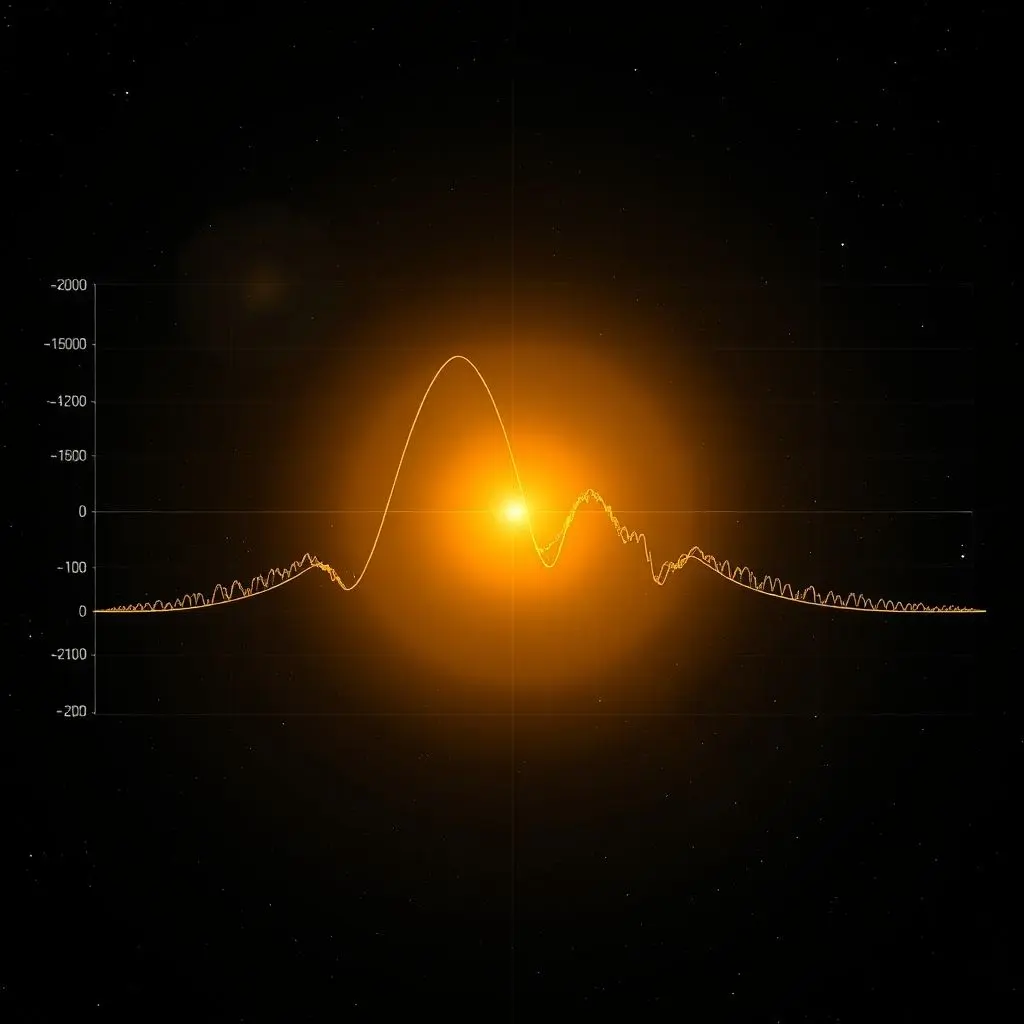
Beyond Transit: AI’s Expanding Role
While finding transit signals is a major application, AI’s utility in exoplanet discovery extends further:
Classifying Stellar Activity
Stars aren’t perfectly stable; many exhibit flares, spots, and oscillations that can mimic or mask planetary signals. AI can be trained to classify different types of stellar variability, helping astronomers distinguish between a star’s natural behavior and the signature of an orbiting planet.
Prioritizing Candidates
Even with AI, a list of potential planet candidates can be long. AI can help prioritize which candidates are most likely to be real planets and which are most interesting for follow-up observations (like those in habitable zones or around nearby stars), optimizing the use of valuable telescope time.
Validating Discoveries
Confirming an exoplanet often requires multiple lines of evidence or observations from different telescopes. AI can assist in analyzing this follow-up data, helping to validate whether a detected signal is indeed a planet.
Predicting Planetary Properties
Some research explores using AI to estimate properties of potential planets, such as their size or orbital period, based on initial detection data.
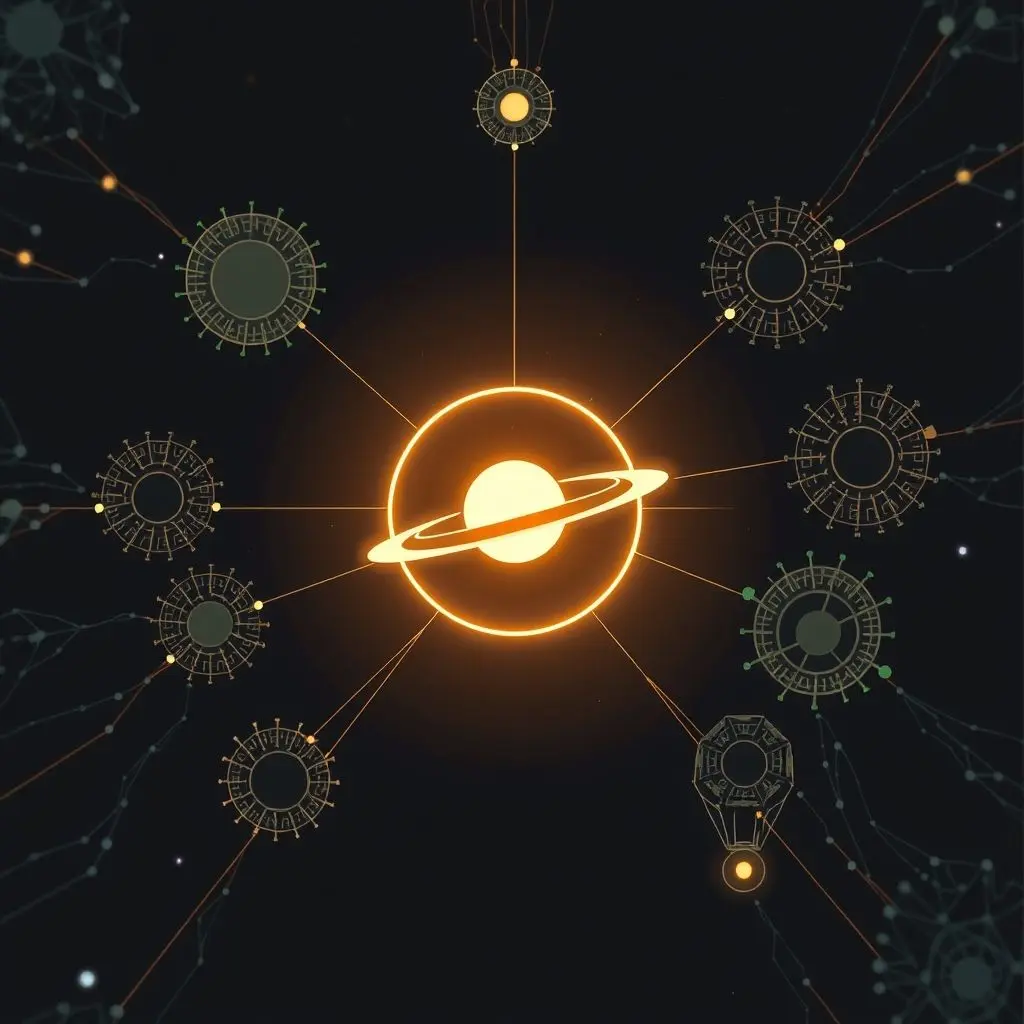
Challenges and the Need for Human Expertise
It’s important to note that AI isn’t replacing astronomers; it’s augmenting their capabilities. AI-driven discoveries still require rigorous human validation. Astronomers review the candidates flagged by AI, perform sanity checks, and often need additional observations to confirm a planet’s existence.
Challenges exist, such as ensuring the AI training data is representative and doesn’t introduce biases, or understanding exactly *why* an AI model made a particular prediction (the ‘black box’ problem). Researchers are actively working on developing more interpretable AI models for scientific discovery.
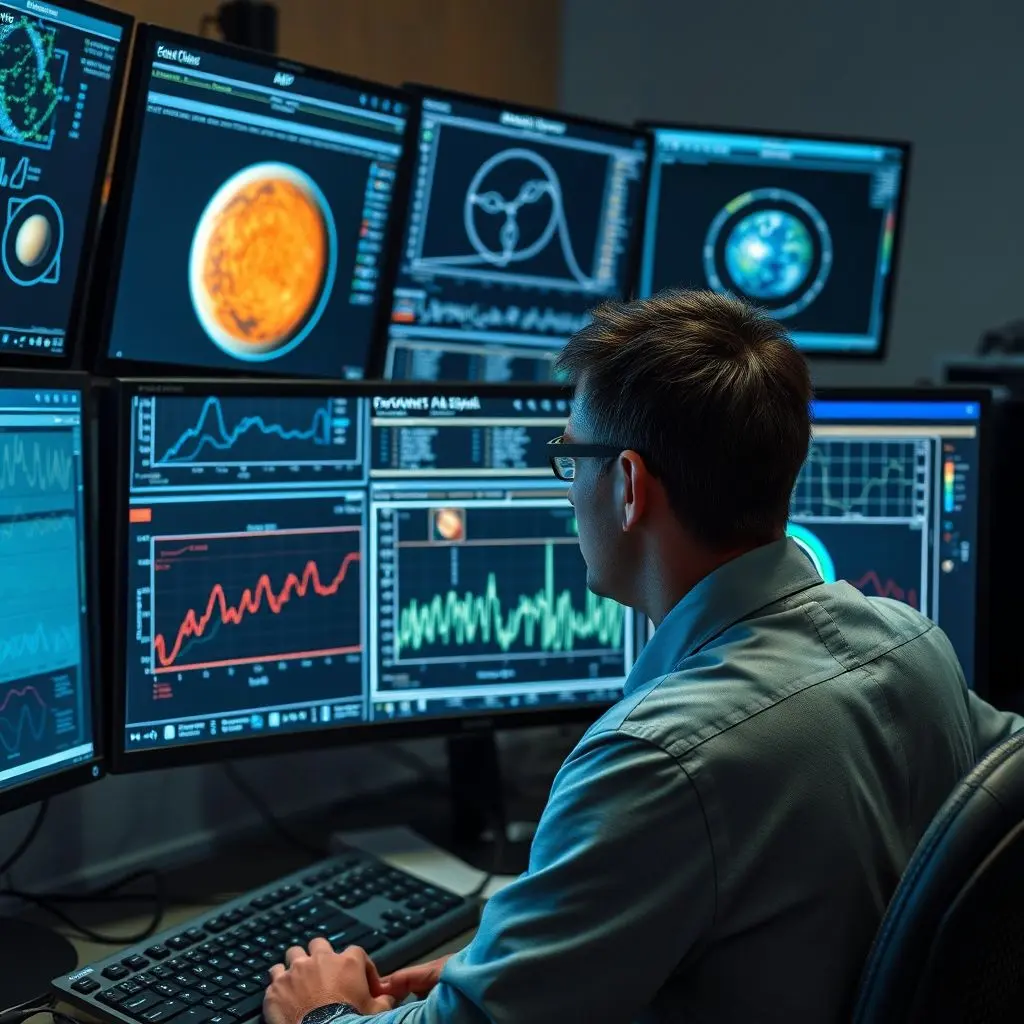
FAQ: Your Cosmic Curiosity Answered
How many exoplanets has AI helped discover?
It’s difficult to give an exact number solely attributable to AI, as it’s often part of a larger pipeline. However, AI has been instrumental in re-analyzing existing datasets (like Kepler’s), leading to the confirmation of dozens of previously missed planets. Its main impact is accelerating the initial detection phase for ongoing missions like TESS and future ones.
Can AI find habitable planets?
AI helps *identify candidates* that might be in a star’s habitable zone (the region where liquid water could potentially exist on a planet’s surface). Confirming habitability is a much more complex task requiring detailed atmospheric studies, which future telescopes like the James Webb Space Telescope and others are starting to explore, potentially also with AI assistance in data interpretation.
What’s next for AI in exoplanet research?
AI will be crucial for processing data from upcoming telescopes like the Nancy Grace Roman Space Telescope and ground-based observatories. It’s expected to handle even more complex data, potentially assisting in direct imaging of exoplanets (taking actual pictures of them) and analyzing atmospheric compositions – getting us closer to understanding if these distant worlds could harbor life.
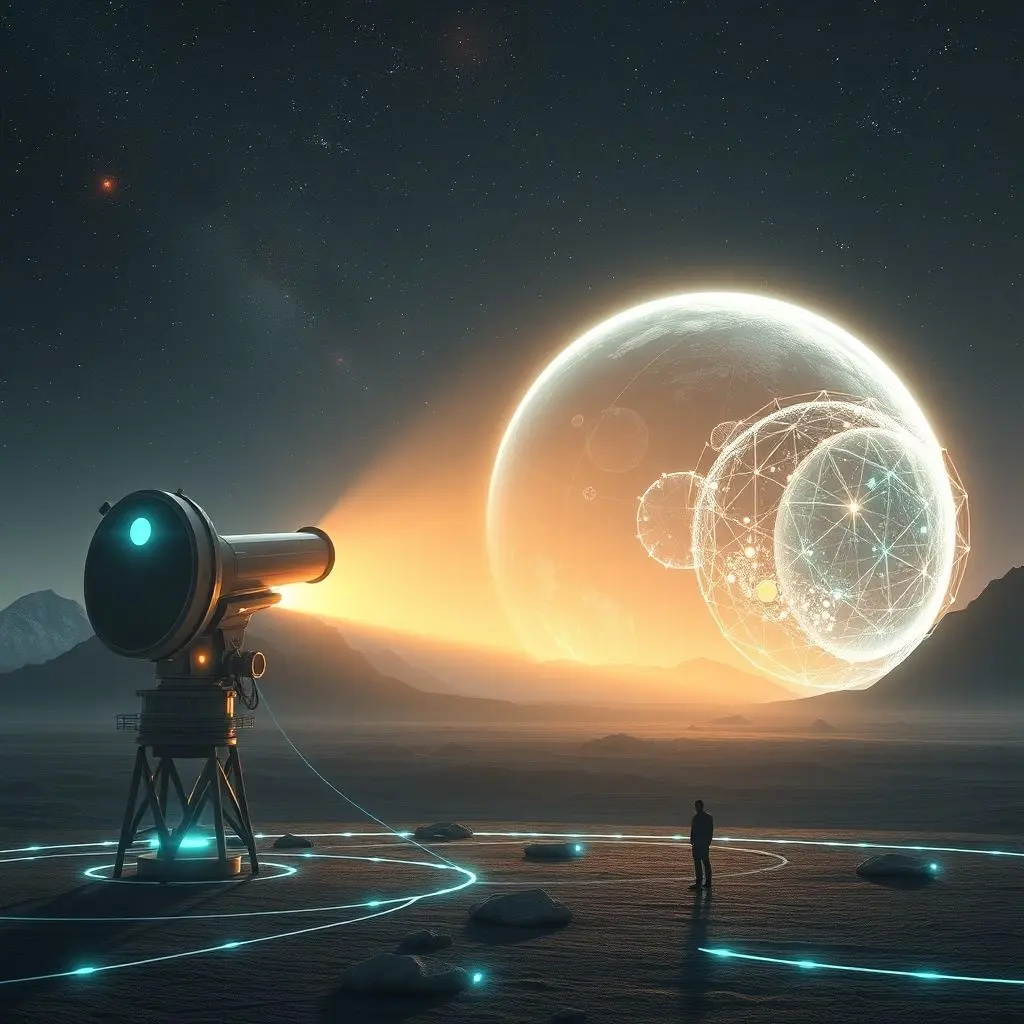
Mapping the Universe, One World at a Time
The synergy between advanced telescopes gathering incredible data and powerful AI algorithms to analyze it is dramatically accelerating our search for planets beyond our solar system. AI isn’t just making the process faster; it’s enabling us to find signals that might otherwise remain hidden forever within the noise.
This isn’t science fiction; it’s the cutting edge of astronomy, literally helping us map the universe one exoplanet detection at a time. As AI techniques become more sophisticated and our telescopes more powerful, the potential for discovering new and fascinating worlds, perhaps even those with conditions suitable for life, grows exponentially. The age of AI-driven cosmic exploration has truly begun.
